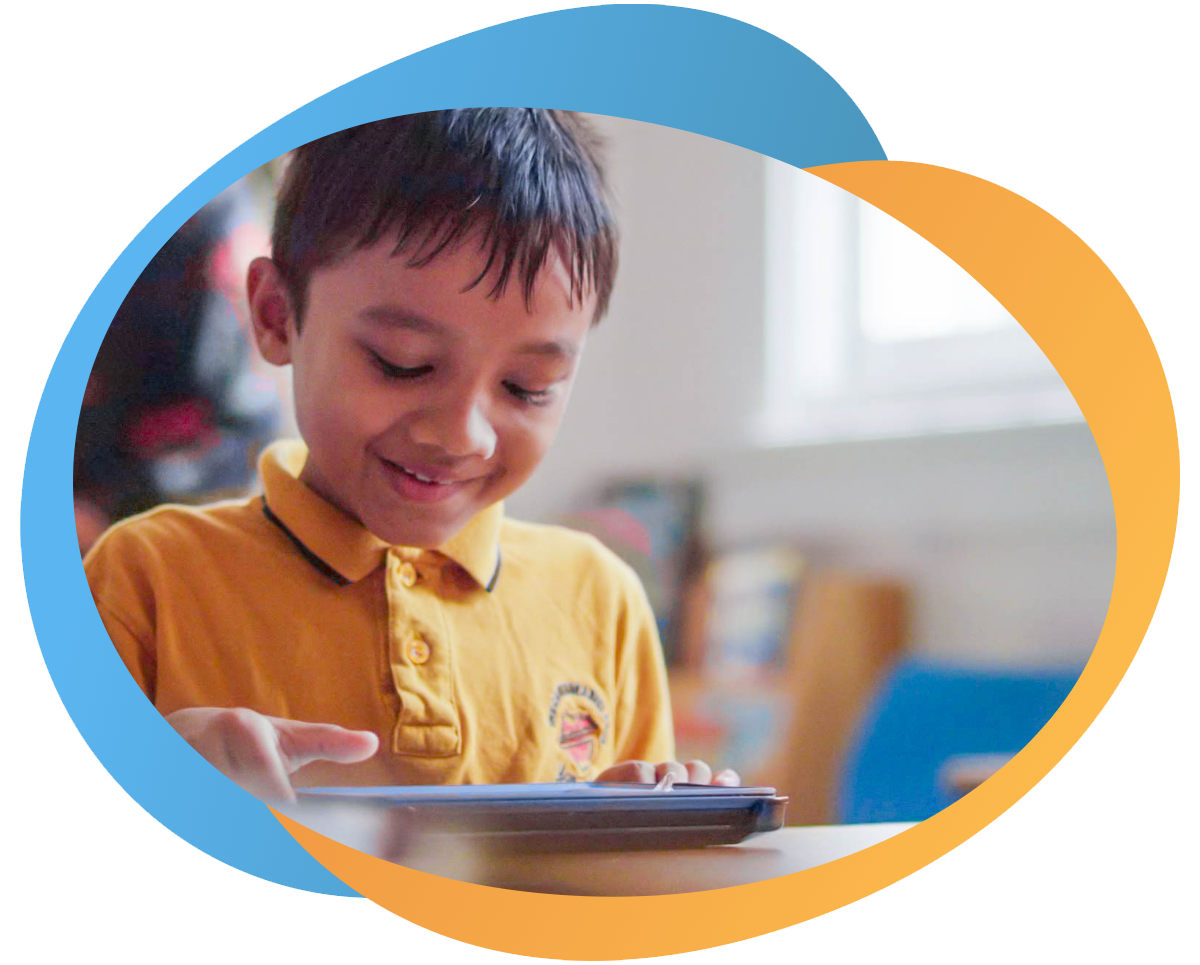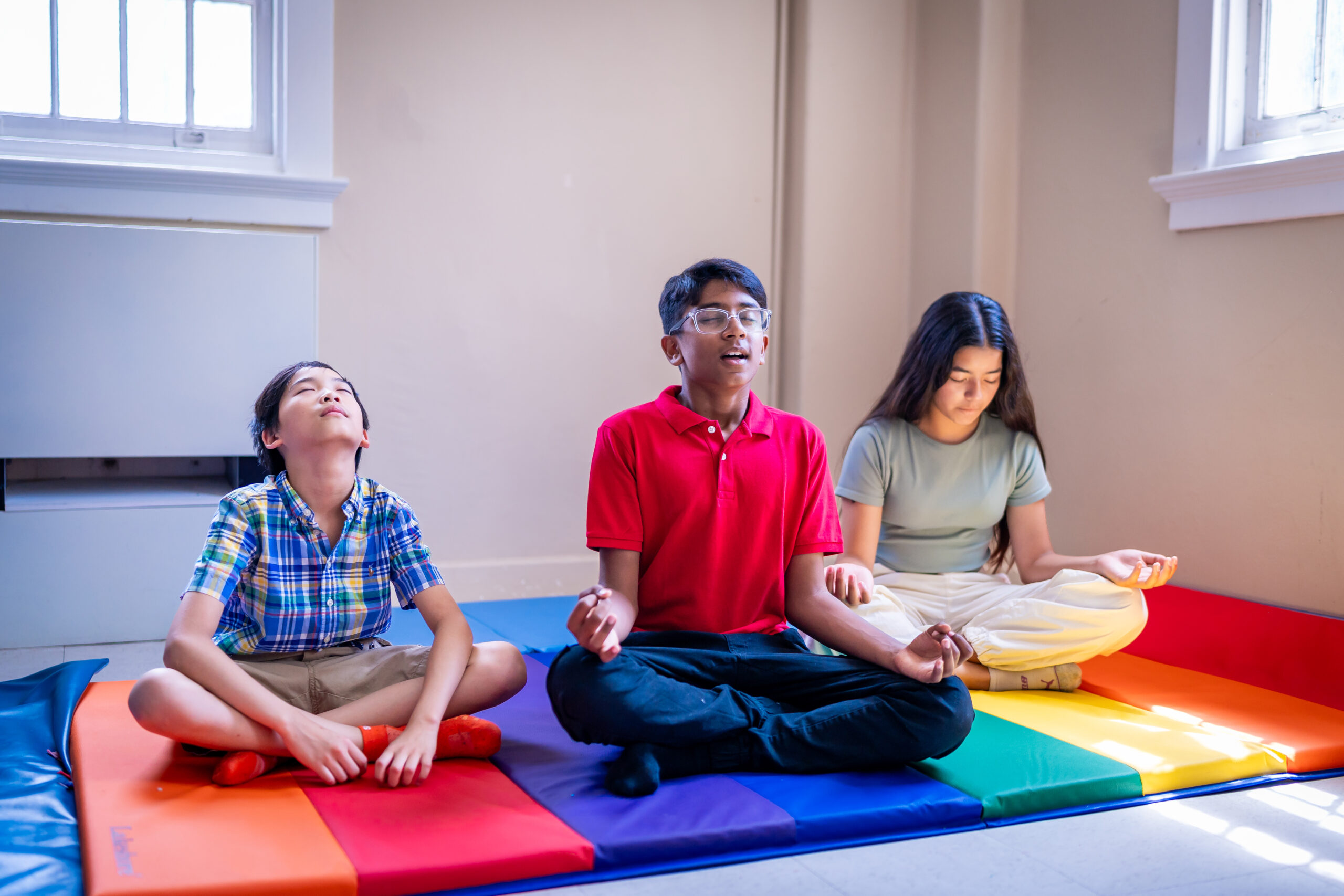School Support Program – Transition Services
Making transitions welcoming and safe for students

The School Support Program (SSP) at Surrey Place has led seamless transitions from clinical to school settings in Toronto region since 2010. Partnering with caregivers and school boards, we work to ensure that all students transition between clinical and school settings with ease. In 2021, the Ministry of Children, Community and Social Services expanded the SSP mandate, allowing the program to diversify and expand service offerings to better support the needs of students and their families.
Today, the School Support Program offers varying types of transition supports to better meet the needs of families under the changing landscape of the Ontario Autism Program. Whether your child is entering the school system for the first time or is transitioning between OAP services to school, SSP has transition supports available to ensure your child has a successful transition into school. All services offered by the School Support Program are funded by the ministry and made available to families for free.

Wellness Events
Did you know that we offer free events for clients, caregivers and professionals?

Resource Library
Find accessible information developed by our clinicians to help you on your journey.